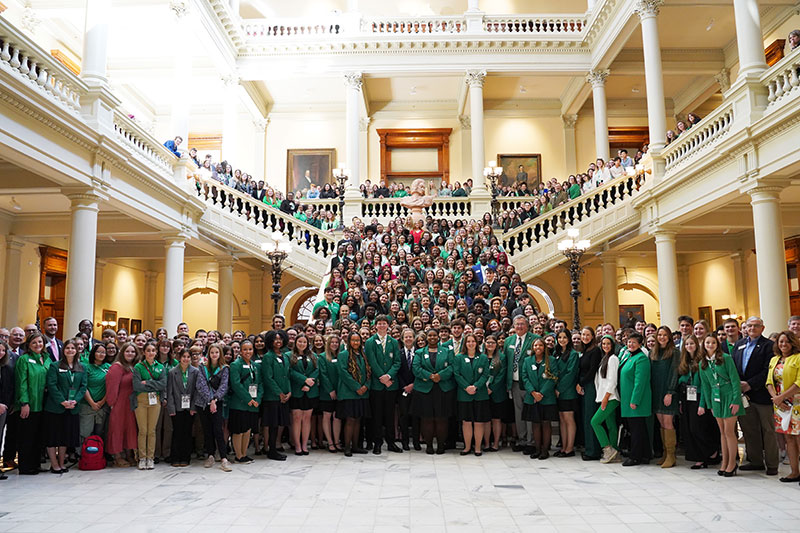Heifer International is well-known around the world for helping connect small-holder farmers with livestock to lift families and entire communities out of severe poverty.
The system looks great on paper, so Assistant Professor Nicholas Magnan and his Ph.D. student William Thompson traveled to Nepal to test the efficacy of the model in alleviating poverty in the real world.
Their research focused on evaluating the effectiveness of the productive asset transfers model of development aid and the role it plays in the goals of organizations such as Heifer.
“NGOs (or non-governmental organizations) devote massive levels of resources to them, and they are very popular with donors. In addition, the theory behind asset transfers and poverty dynamics seems pretty sound on paper,” Thompson said.
“(However,) there is very little rigorous evidence to whether these types of programs work,” Magnan added. “My colleague Sarah Janzen at Montana State (University) and Will wanted to conduct an evaluation to investigate if one such program works and how.”
Magnan and Thompson’s project in Nepal, part of the U.S. Feed the Future BASIS Assets and Markets Innovation Lab, began in early 2014. Alongside Janzen, research partners in Nepal and partners at Heifer, Magnan and Thompson developed a framework for the project. Within weeks of receiving funding provided by the U.S. Agency for International Development, Thompson was headed for Nepal.
“Heifer is a huge international NGO, the originator of the livestock transfer model of poverty alleviation,” Thompson said. “Their belief is that by enhancing a poor household’s bundle of productive assets through a gift of livestock, technical trainings and improving social capital, they can provide just the push needed to get these households on a sustainable pathway out of poverty. Our project applies rigorous experimental methods to precisely identify the overall effects of the Heifer program and the mechanisms by which it works.”
The crux of Heifer’s program is that the initial beneficiaries “pass on the gift” of livestock and training to another family in need once the initial livestock produce offspring. Magnan and Thompson’s project evaluates not only the program’s effect on those initial beneficiaries, but also on those who receive the gift.
Thompson hopes that the final results from the research “contribute to our understanding of the nature of poverty: how households fall into it, how they climb out and what sorts of policies can help to reduce it.”
Magnan's goals are similar.
In a related project, the team is working with the International Food Policy Research Institute to develop a Women’s Empowerment in Agriculture Index using some of the same survey data.
“I hope to learn more about if and how livestock transfer programs can help generate income, increase women’s empowerment and improve nutrition for women and children,” he said. “I’m especially interested in the effectiveness of the ‘pass the gift’ model, which makes these types of programs appealing for their self-propagating nature.”
To learn more about Heifer and their work in Nepal, visit www.heifernepal.org, and to learn more about the BASIS AMA Innovation Lab, visit basis.ucdavis.edu.






